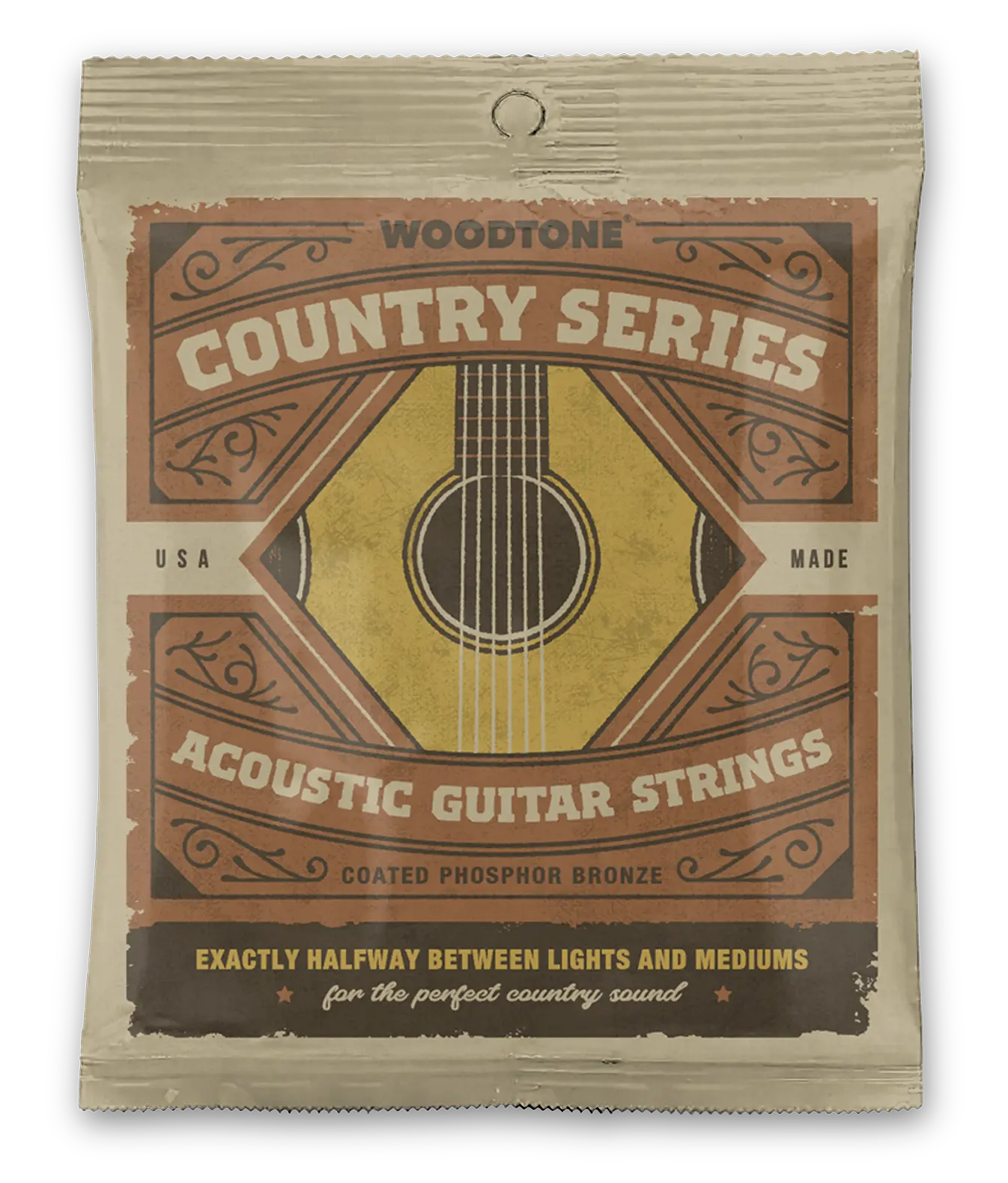Introduction
When it comes to shaping your guitar's sound, the focus often falls on the instrument itself, the amplifier, or even the pedals in your signal chain. However, one often overlooked factor in tone production is the humble guitar pick. Believe it or not, the type of pick you use can significantly influence the sound that emanates from your instrument. In this article, we'll delve into the fascinating world of guitar picks and explore how your choice can impact the overall tone and timbre of your playing.
Understanding guitar pick materials
Guitar picks come in a variety of materials, each with its own unique properties that affect tone. Common materials include celluloid, nylon, Delrin, metal, and even exotic materials like bone, wood, or stone. Each material offers distinct advantages and drawbacks in terms of durability, flexibility, and tonal characteristics.
Celluloid picks
For example, picks made from softer materials like celluloid or nylon tend to produce a warmer, mellower tone with less attack, making them well-suited for genres like jazz, folk, and country.
For celluloid guitar picks, we highly recommend Woodtone Medium Triangle Vintage Tone Picks (pictured above). These picks produce a warm and natural acoustic tone which sounds great in any genre of music. Also, the triangle shape is very comfortable and easy to grip.
Delrin and harder plastics
On the other hand, picks made from harder materials like Delrin or metal provide a brighter, more articulate sound with enhanced attack, making them ideal for blues, rock, metal, bluegrass, shredding, and much more.
In this category of guitar pick, we highly recommend Woodtone Triangle FlexGrip™ Picks (pictured above). The Woodtone FlexGrip™ picks are a staff favorite here at Woodtone Strings! They produce a very natural acoustic tone and they are comfortable and easy to grip. Here are some additional features of our FlexGrip™ picks:
- Tone: Crisp, warm, and "woody"
- Better feel and playability
- Made from a special plastic blend ideal for durability and great tone
- Matte black finish for a better grip
- 100% Made in the USA
Exploring pick thickness
Another crucial factor to consider is the thickness of the pick. Picks are available in a range of thicknesses, typically measured in millimeters. Thin picks (around 0.50mm or less) offer more flexibility and produce a softer, more rounded tone, while thicker picks (1.0mm or more) provide greater rigidity and produce a sharper, more defined attack.
The thickness of the pick can also affect your playing technique and comfort level. Some players prefer thin picks for strumming chords and rhythm playing, while others favor thicker picks for precise lead lines and intricate picking patterns.
Shape matters
In addition to material and thickness, the shape of the pick can also influence tone. Common pick shapes include standard teardrop, jazz, and triangular picks, each offering a slightly different feel and sound. For example, jazz picks are often smaller and more pointed, providing greater precision and control for intricate picking techniques.
Experimentation and personal preference
Ultimately, the best way to determine the ideal pick for your playing style and tone preferences is through experimentation. Don't be afraid to try out different materials, thicknesses, and shapes to find what works best for you. Your choice of pick is a highly personal decision that can have a significant impact on your overall playing experience.
Conclusion
While often overlooked, the guitar pick plays a crucial role in shaping your instrument's tone and timbre. By carefully considering factors such as material, thickness, and shape, you can tailor your pick selection to suit your playing style and sonic preferences. Whether you're strumming chords, picking out lead lines, or shredding through solos, the right pick can make all the difference in achieving the perfect tone. So next time you're gearing up to play, take a moment to consider the humble guitar pick and its profound influence on your sound.




